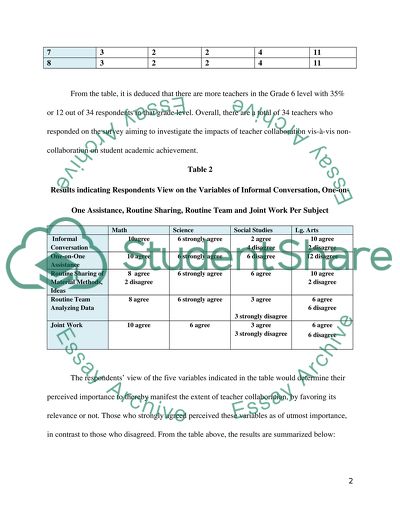Cite this document
(“Teacher collaboration and student achievemant Research Paper”, n.d.)
Retrieved from https://studentshare.org/family-consumer-science/1416379-teacher-collaboration-and-student-achievemant
Retrieved from https://studentshare.org/family-consumer-science/1416379-teacher-collaboration-and-student-achievemant
(Teacher Collaboration and Student Achievemant Research Paper)
https://studentshare.org/family-consumer-science/1416379-teacher-collaboration-and-student-achievemant.
https://studentshare.org/family-consumer-science/1416379-teacher-collaboration-and-student-achievemant.
“Teacher Collaboration and Student Achievemant Research Paper”, n.d. https://studentshare.org/family-consumer-science/1416379-teacher-collaboration-and-student-achievemant.


